Category: building exterior
Stipulated Sum Agreements Make Us the Right Builder for You
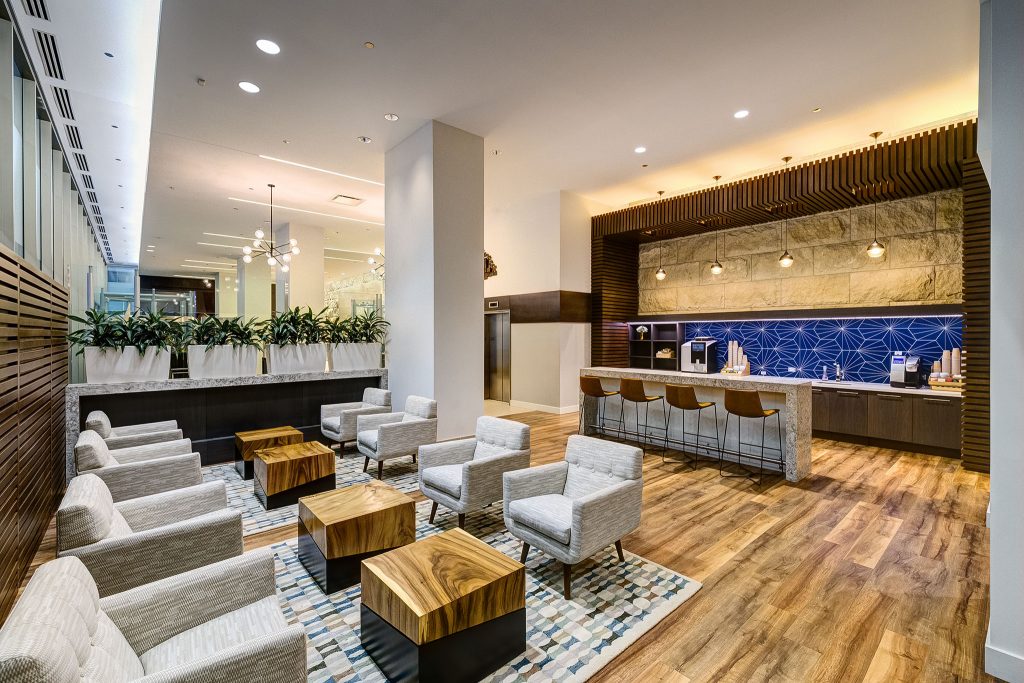
Our goal as a design-build firm is to create value for our clients through outstanding service-delivery and building trusted relationships. One of the many ways we achieve our goal is how we structure our contracts. Our clients want to know what they’re paying for, and we are able to clearly spell that out by providing stipulated sum agreements.
What is a Stipulated Sum?
Also referred to as a lump sum contract, a stipulated sum requires a builder to agree to provide specified services for a fixed price based on labor and material costs. The builder is responsible for executing the job properly and will provide its own means and methods to complete the project. Specifically, we use stipulated sum agreements with our multifamily and commercial projects, and they allow us to better define the scope and schedule of projects.
“The Mosaic Construction way is to be a client-first company in which we anticipate needs and focus on relationship-building,” said Singer. “We’ve always led with this approach, and our clients understand the value of that.” – Ira Singer
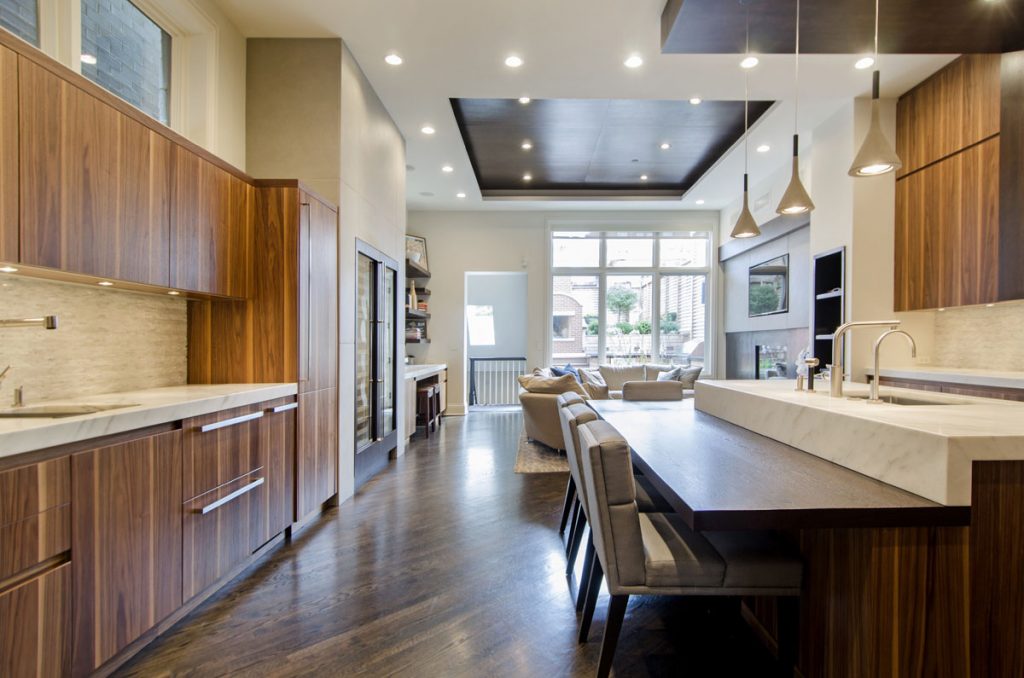
Why We Use Stipulated Sums
Mosaic Construction uses stipulated sums so that our clients know what they’re getting, and we know exactly what we need to deliver. Our contracts are predictable and easy to manage and benefit our clients in the following ways:
No Hidden Fees
One of Mosaic Construction’s key differentiators is that we never stick our clients with hidden fees, compared to cost-plus-fixed-fee and other contracts. “Our fees are transparent compared to other contractors,” said Ira Singer, Principal of Mosaic Construction on the This is the Real Estate Investing for Cash Flow podcast. “We have no incentive to say, ‘Okay, it’s going to be this much money for cost.’ Stipulated sums are integral in forging trusted relationships with our clients.”
Predictability
Our clients value the predictability of stipulated sum agreements, especially since they reduce risk and give them more confidence. With an agreed upon sum in place, our clients are not liable for any cost overruns. “We formulate construction based on our time and our investment to manage that project and steward it,” added Singer. “Whatever the cost of the project, our timeframe for completion and our fees will remain the same. In this respect, both parties are incentivized to stay on schedule and finish the job on time.”

Better Collaboration
We find that stipulated sum arrangements foster a greater degree of collaboration between Mosaic Construction and our clients. We are able to execute tight project management and more efficient communication to ensure that both parties are adhering to the scope of work. “The Mosaic Construction way is to be a client-first company in which we anticipate needs and focus on relationship-building,” said Singer. “We’ve always led with this approach, and our clients understand the value of that.”
The design-build methodology supports our goal because it allows us to streamline the construction process, which ultimately benefits our clients and our management team. “We view our projects as investments in our clients’ growth and development,” added Singer. “We never think in terms of being one and done; rather, we create an atmosphere where our clients can focus on business development, while we do the best work possible for them.”
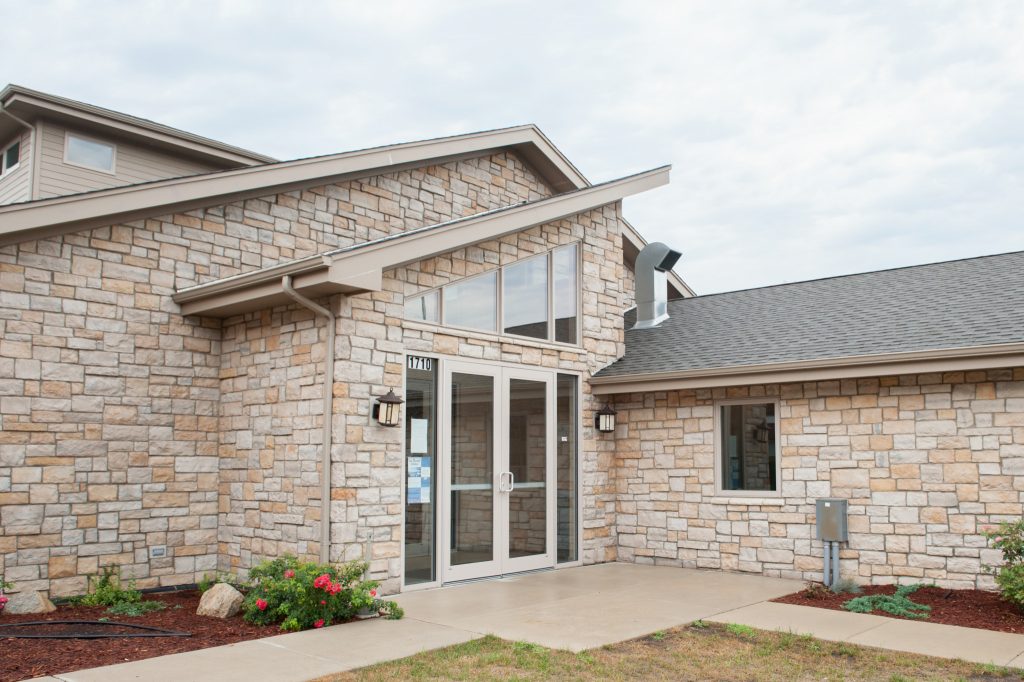
Heat Your Building While Saving Energy With These Strategies
 As winter advances, hitting some areas with polar vortexes, it’s important to ensure that your building systems are producing the right amount of heated air. While space-heating is a large expense, building owners, facility operators, and managers can uphold occupant comfort and health while consuming energy efficiently.
As winter advances, hitting some areas with polar vortexes, it’s important to ensure that your building systems are producing the right amount of heated air. While space-heating is a large expense, building owners, facility operators, and managers can uphold occupant comfort and health while consuming energy efficiently.
Maintain Consistent Temperatures
Building temperature variations can cause health and financial issues. It’s uncomfortable for occupants to move back and forth between warm and cold spaces. Leaving a heated office for a cold restroom, for example, is unhealthy, and research shows that productivity drops when work space temperatures fall outside the thermal comfort zone of 69 to 73 degrees Fahrenheit. Additionally, temperature swings and uneven distribution of heat–caused by dividers, furniture, walls, and other obstructions–also waste energy and increases utility costs.
Use Programmable Thermostats
Using a programmable thermostat can conserve energy while keeping your building comfortably heated. You have the option to adjust the times you turn on the heating, following a pre-set schedule. You can program these thermostats to store and repeat multiple daily settings, which you can manually override without impacting the set schedule.
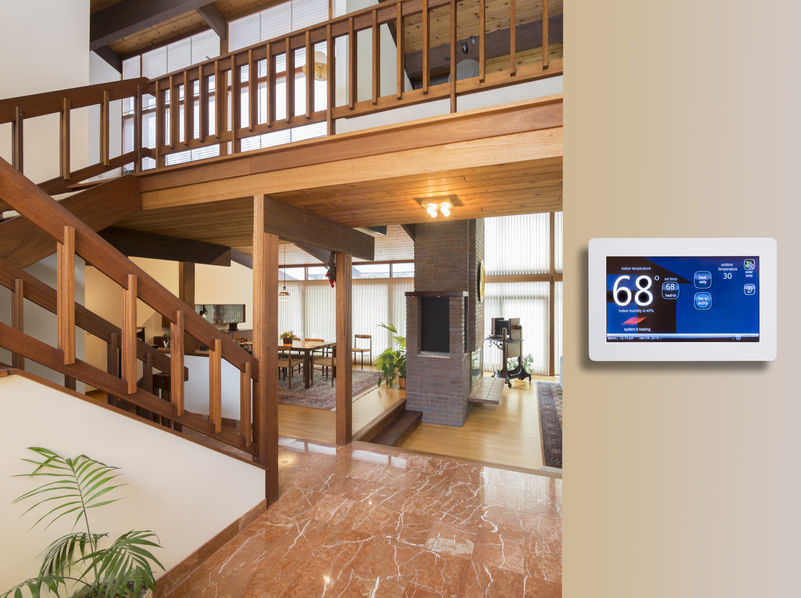
Insulate Heated Air
Heat will find the smallest places to escape. Therefore, to help retain your building’s heat and achieve better HVAC energy efficiency, it’s a best practice to trap in all the heated air. Add insulation to walls and windows, and wrap pipes, ducts, and outlets in insulation as well to preserve energy.
Detect Heat-Loss
Targeting heat-loss with diagnostics is critical and economical. Utilizing infrared thermography identifies causes and sources of heat-loss, such as cold air leaking through windows or doors, walls and roofs, and gaps around building envelope openings, including pipe penetrations, and HVAC ductwork. Infrared thermography can also detect water leaks, moisture intrusion, and construction defects.
 Energy efficiency does not have to come at the expense of occupant health, comfort, and productivity. Applying any of these tips will make a difference, but taken together, you can achieve optimal building performance regardless of weather conditions.
Energy efficiency does not have to come at the expense of occupant health, comfort, and productivity. Applying any of these tips will make a difference, but taken together, you can achieve optimal building performance regardless of weather conditions.
Protecting Your Building Exterior from Winter Elements
Winter is here.

Whether or not the North Carolina Blizzard of 2018 is a harbinger of snow storms throughout the country, you can never prepare your building enough for the season ahead. It starts with fully inspecting the building exteriors, including the roof, walls, and door and window frames, and paying special attention to other parts of the building, including:
Fortifying the Roof
Winter weather can wreak havoc on roofs, making building exteriors and interiors vulnerable to damage from leaks. Snow or ice accumulation, even as it melts, disrupts normal drainage paths, and blocked gutters can redirect it to parts of the building ill-equipped for drainage.
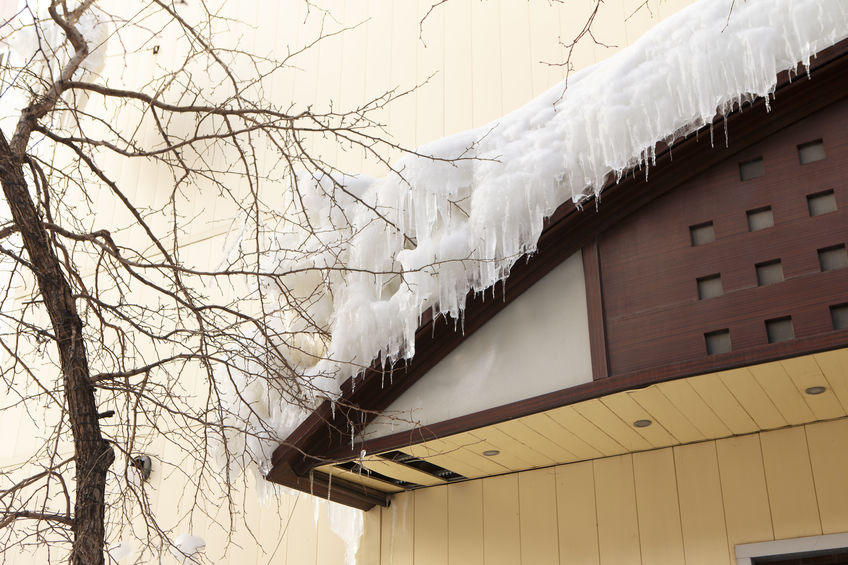 Blocked drains create further problems like concealing standing water which can cause a collapse if the water gets too deep. Adding slope to a roof can help drainage and prevent overload caused by the weight of snow and ice. Take precautionary measures by sealing the edges of high slope roofs to mitigate the risk of ice damming, and installing snow guards to prevent heavy snow layers from migrating to the gutters.
Blocked drains create further problems like concealing standing water which can cause a collapse if the water gets too deep. Adding slope to a roof can help drainage and prevent overload caused by the weight of snow and ice. Take precautionary measures by sealing the edges of high slope roofs to mitigate the risk of ice damming, and installing snow guards to prevent heavy snow layers from migrating to the gutters.
Keeping Lobby Entrances Clean

As the face of your building, it’s important to protect lobby entrances. The foot-traffic in lobbies creates wear and tear on its floors, especially when salt and sand used to treat pavement are tracked in. The answer is laying down safety mats and rugs with efficient spacing. Matting best practices advise 5 to 10 feet of coarse matting outside a building, 5 to 10 feet of matting directly inside the building and another 5 to 10 feet of matting directly behind it.
Protecting Your HVAC System
Your building’s HVAC system is pivotal to the comfort and safety of tenants and guests. In addition to maintaining temperature and air quality, an HVAC system serves as the first line of defense against inclement weather.
In an interview with Buildings, Kevin Miskewicz, Director of Commercial Product Planning at Mitsubishi Electric, notes that “Properly protecting your HVAC system from extreme weather conditions can improve its performance and lifespan. Investing in snow hoods, wind baffles and outdoor unit stands prevents snow and ice from getting inside the equipment and potentially causing damage.”
Thinking Through the Entire Process
Optimizing the conditions of roofs, lobby entrances, and HVAC systems are measures that will help protect exterior areas of buildings. More importantly, they will contribute to the safety of building occupants. To that end, here is a concluding safety tip:

Have a rock-solid snow removal plan. Leftover snow can freeze into ice, increasing the chances of slip-and-fall injuries. Snow drifts obstruct important signage and can conceal fire hydrants and handicap parking spaces.
